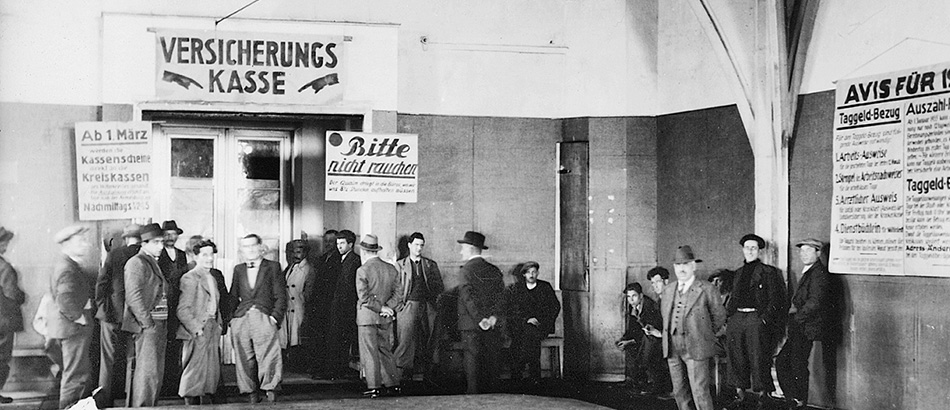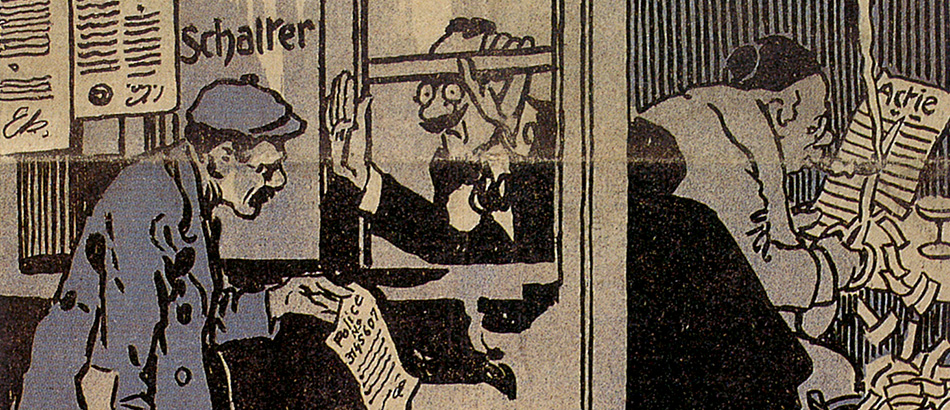
History of Social Security
Most industrialized countries promise their citizens a comprehensive offer of «social security». Each state, however, has its own ideas of how to implement such a project. In Switzerland in particular, social security was only gradually able to assert itself as a positive concept among various sections of the population. In international comparison, Switzerland was often considered a "latecomer". The extent of welfare state benefits was far behind that of other Western European nations. Only in the second half of the 20th century, the welfare state significantly expanded.
Dive into history – an overview
Switzerland's welfare state history is diverse, characterized by social conflicts and marked by different actors. Today's social security system is the product of a long history dating back to the mid-19th century. The development of social security can be traced in four stages. A first phase covers the period from the founding of the Swiss Confederation in 1848 to the First World War. At the federal level, the first regulations were issued in the area of occupational safety (with the Factory Law of 1877). Soon afterwards, authorities and parties started planning and preparing for the introduction of social insurance. Eventually, the federal law on the military insurance of 1901 marked the first social security law of Switzerland.
In the period between the First and the Second World War, major social policy programs were launched. Examples include the National Accident Insurance (1918) and the Income Compensation Insurance for Militia Soldiers (1940). In the 1920s, the legal basis for the introduction of the Old Age and Survivors' Insurance (AHV) and the Disability Insurance (IV) was provided. Through subsidies and tax concessions, the federal government also promoted health insurances, pension funds and unemployment insurance funds, though the scope of these insurances often remained limited.
The post-war period until the 1990s marked a phase of expanding benefits and provisions in social security. In 1948 the AHV was founded. The Confederation later established national schemes in other branches of social insurance, like the Disability Insurance (1960) and the Unemployment Insurance (1984). In 1985 in the old age insurance, a compulsory occupational pension scheme was introduced, anchoring the three-pillar principle.
The period since the mid-1990s is characterized by a variety of reform efforts, which on the one hand have led to an expansion of the security system and, on the other hand, to a reduction in benefits. Legislation for compulsory Health Insurance (1996) and Maternity Insurance (2004) closed important gaps in social protection. In old age, disability and unemployment insurance, however, there were restrictions and benefit cuts.
What is the concept of the website?
In 2013, on the occasion of its centenaries, the Federal Social Insurance Office (BSV) commissioned an investigation into the history of social security in Switzerland. This website is the result of this project. With around one hundred and fifty contributions, it sheds light, from various perspectives, on the history of the Swiss welfare state. A timeline points to the most important stages and the development of the welfare state since the 19th century (Synthesis). Other contributions address the question of how the welfare state dealt with age, unemployment, illness, accident or disability. Parties and associations, scientists and politicians are also portrayed. The institutional dimension of laws, welfare institutions and public administrations is highlighted. The website is supplemented by statistical information as well as a detailed bibliography.
This platform is a co-production of the Universities of Basel and Zurich and the Haute école de travail social et de la santé Lausanne HETSL (HES-SO). It was commissioned by the Federal Social Insurance Office (FSIO) and is regularly revised and expanded.












